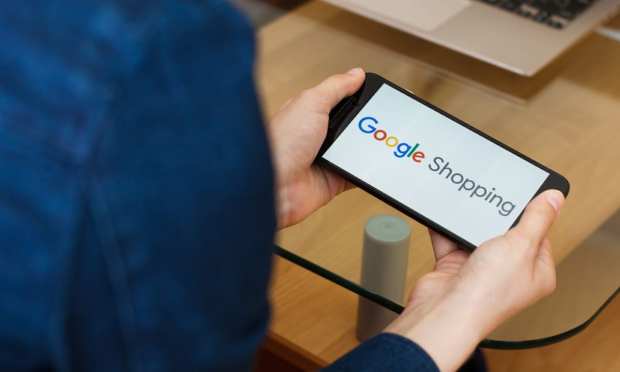Google Tweaks Shopping Tab Features As ‘Discount Code’ Searches Spike 50 Pct

Search giant Google is introducing new features to its Shopping tab in an attempt to help consumers save money during what will likely be a busy back-to-school shopping event and a more costly holiday shopping season.
Consumers will now be able to see the most relevant, currently available deals related to a product category when performing a search in the Shopping tab, a boon for those looking to save money as inflation continues to raise prices.
Google said searches for discount codes have increased 50 percent since last year; according to PYMNTS’ Connected Economy research, 84 percent of consumers have checked online for discounts or sales in the last 12 months, with nearly 11 percent of consumers doing so multiple times per day. In a separate PYMNTS study, 68 percent of consumers cited deals and discounts as one of the most important reasons for choosing a merchant.
Shoppers are expected to spend an average of nearly $850 in preparation to send kids back to the classroom, $59 more than last year, according to the National Retail Federation. College students and their families are expected to spend an average of $1,200 on their way back to campus.
Google is also planning to launch a “merchant deals carousel” on its Search tab ahead of the holiday shopping season, allowing consumers to swipe through deals and discounts during major sales events such as Black Friday and Cyber Monday. The feature, which could threaten to replace the endless articles about where to find the best deals during shopping events, is expected to launch in October.
Costs across the retail supply chain are expected to increase by over $200 billion in the second half of the year, according to projections from Salesforce, with everyone — from consumers to suppliers — absorbing some of the costs.
An Open Commerce Ecosystem
Google has recently been trying to more fully integrate itself into the world of commerce, announcing an expanded partnership with Shopify in May and allowing retailers on WooCommerce, GoDaddy and Square to integrate with Google for free.
Matt Madrigal, vice president and general manager of Google, told Karen Webster earlier this year that the search giant fields over one billion buying inquiries per day into 24 billion listings contained within its shopping graph.
“We want to bring all the different buying options together for consumers because, as we’ve seen with the growth of omnichannel retail and experiences, consumers expect not just a lot more in product choices, but really a change in how they shop,” he said.
Consumers may not always think about Google when they think about shopping, especially with the Google Shopping app out of business as of last month. But Google isn’t trying to be a gatekeeper between the consumer and the seller, as many traditional online marketplaces have been known to do. Rather, the company wants to make it easier for brands to directly connect with their customers.
“We want to create this open network for shoppers and retailers, from small D2C brands to big brands and online marketplaces,” Madrigal said.
Streaming Commerce
In announcing its new shopping features, Google also said it is expanding the beta testing of its “integrated shopping experience” on YouTube, which allows viewers to purchase items mentioned in videos. The test, which began earlier this year, initially focused on videos on demand, but will now be piloted with several livestreaming creators and brands — an acknowledgment that the streaming commerce trend that began during the pandemic is likely here to stay.
The U.S. livestreaming market is expected to reach $11 billion by the end of 2021 and hit $25 billion by 2023, according to research firm Coresight Research. Last year, livestreamed shopping events generated an estimated $5.6 billion in sales.
To be sure, Google is arriving at a party that’s already well underway. Facebook, Amazon, Walmart and Nordstrom have already launched their own streaming commerce options, and smaller startups and innovators, such as TalkShopLive, Shopflix and NTWRK, have seen explosive growth in the last year. And although Google has two billion logged-in users on YouTube each month, it remains to be seen whether they can be turned into customers.
